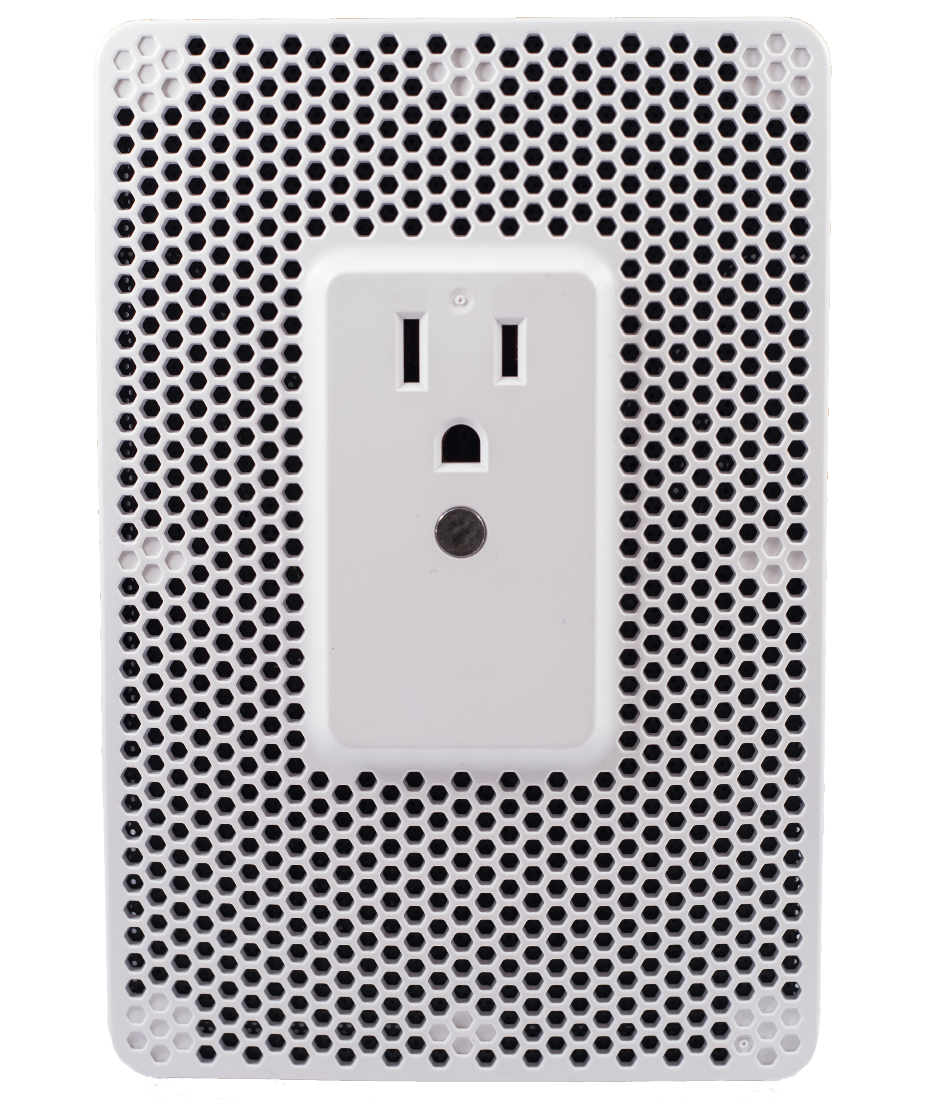FreshAir, an industry leader in the development of sensors to detect and alert for hazardous chemicals, announces its unique and highly effective FreshAir1 Smoking Detection System. The FreshAir system is ideally suited for use in apartment buildings, public housing complexes, and other high-volume residential settings. The only technology available to monitor for, immediately detect, and prove tobacco smoking and marijuana smoking, FreshAir1 Smoking Detection Systems are ideal for enforcing no-smoking policies, protecting infrastructure investments, protecting residents from unwanted exposure to smoking, and avoiding conflicts.

Unlike typical smoke detectors which use light or radiation to detect general particles (dust, smoke, steam, etc.), FreshAir sensors are capable of detecting specific molecules in tobacco smoke and marijuana smoke. What’s more, the molecularly imprinted polymer that forms the sensor resets following smoking detection, thus enabling continued monitoring without additional upkeep.
Widely deployed in apartment and public housing complexes, FreshAir1 devices, with their patented PolySens® technology, detect and prove smoking in unauthorized areas. These tamper-proof devices and cloud-based monitoring platform are designed to prevent typical efforts to defeat detection, helping to protect no-smoking areas in real time.
FreshAir's detection devices are easy to install; they plug into standard Type B outlets and are secured with tamper-proof screws. The WiFi-enabled detection devices connect to building networks to communicate 24/7 with FreshAir's monitoring platform. Each device in a FreshAir1 system is capable of monitoring up to 500 square feet of open space.
When smoking is detected in a monitored space, FreshAir sends an immediate alert to users via email, computer desktop, and/or mobile phone push notification. Smoking alerts come with timestamped reports of the incident in the monitored space, providing the scientific proof needed to enforce no-smoking policies. FreshAir’s Mobile App and online portal allow facilities teams to access alert history, stay updated on device information, and log additional evidence of smoking to be archived in the account’s alert history.